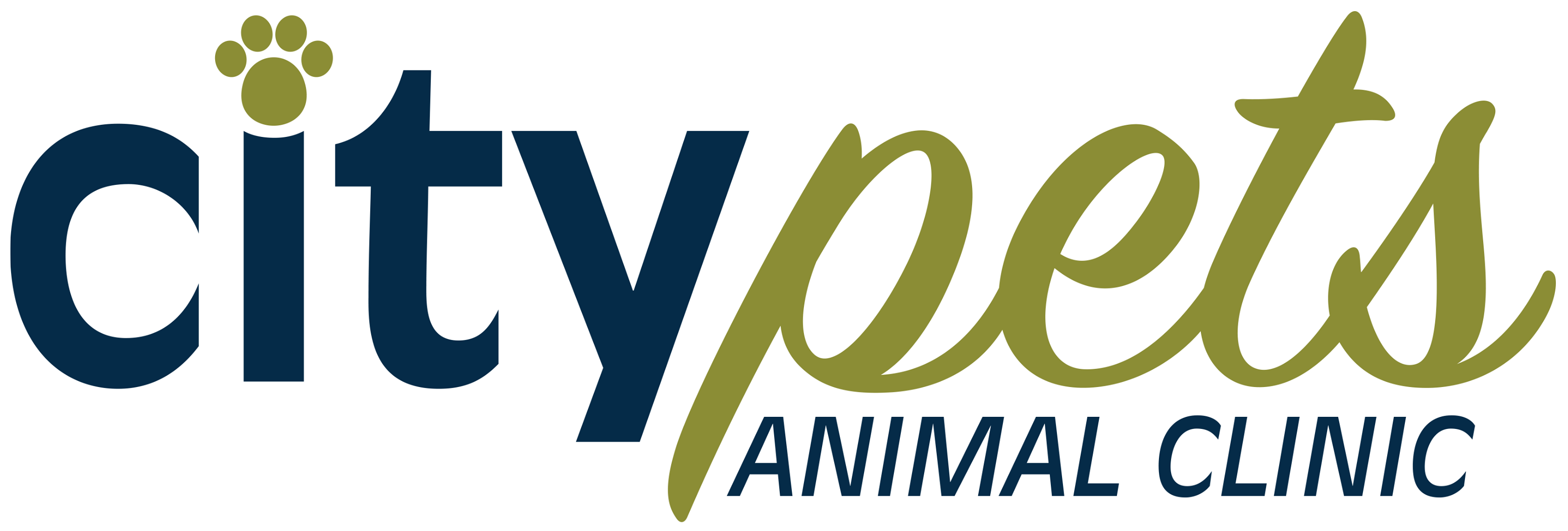Library
-
Because of differences in large and giant dogs' energy and nutrient needs, some pet foods are specifically formulated for these requirements. Adequate diet and feeding management are important for adequate growth and preventing orthopedic problems and gastric dilatation-volvulus (GDV) or bloat. Specific recommendations are included for selecting an appropriate diet for a large or giant breed dog. Feeding management recommendations are also included.
-
Because of differences in toy and small dogs' energy needs and size, it is essential to use pet foods specifically formulated for their requirements. Adequate diet and feeding management are important for proper growth and preventing excessive weight gain. Specific recommendations are included to select an appropriate diet. Feeding management recommendations for puppies and adult dogs are also included.
-
In North America, obesity is the most common preventable disease in dogs. Almost 60% of domestic dogs are overweight. Scientific evidence now shows that fat tissue is not benign; it actively secretes inflammatory hormones and creates oxidative stress, both of which contribute to increased risks for several diseases, as well as a decreased quality of life. Treating obesity as a chronic, inflammatory condition means regular veterinary assessments and strict attention to portion control.
-
Well-bred Old English Sheepdogs are placid, adaptable individuals who are loving and loyal to their chosen people. These big, lovable dogs can be just the ticket for active households whose members do not mind spending a lot of time tending the tresses of their canine companions.
-
Nobody has ever accused the Otterhound of primping and preening. She is a come-as-you-are kind of dog, with casual good looks and a laid-back personality.
-
Some over-the-counter human medications can be used for common ailments in dogs, but you must consult your veterinarian before using them to determine the correct dose and to ensure they will not interact with other medications your dog is taking. Some medications are toxic. If the condition you are treating does not respond to treatment, contact your veterinarian.
-
Obesity is the most common problem in dogs in North America and leads to an increased risk of diabetes mellitus, heart disease, and several types of cancer. Extra body fat causes increased inflammation associated with osteoarthritis. Reducing inflammation and pain can help an overweight dog to regain activity, which in turn can lead to more appropriate weight loss. Obesity can be prevented or reversed when dog owners are aware of calorie intake, body condition, and exercise.
-
Obesity is a common problem in dogs and results from too many calories being eaten and not enough calories being burned. Extra body fat causes increased inflammation in the body, worsening osteoarthritis and joint disease. To prevent your dog from becoming obese, speak to your veterinarian about your dog's calorie needs and an appropriate food for your dog's life stage.
-
Many dogs will instinctively hide their pain as a survival mechanism which in the past, led well-meaning experts to presume that dogs did not feel pain the same way humans do. Although the signs may be subtle, careful observation of a dog’s everyday behaviors will often reveal pain when it is present. These signs may include changes in behavior, mobility, and appetite. Common pain medications include NSAIDs, opioids, and other therapeutics. Your veterinarian will choose the appropriate drugs based on your dog’s specific needs.
-
House paint, art paint, varnishes and other decorative or protective solvents come in many varieties, and most are dangerous to dogs and cats. Water-based paints, the most common, include latex, tempera, and poster paints.

